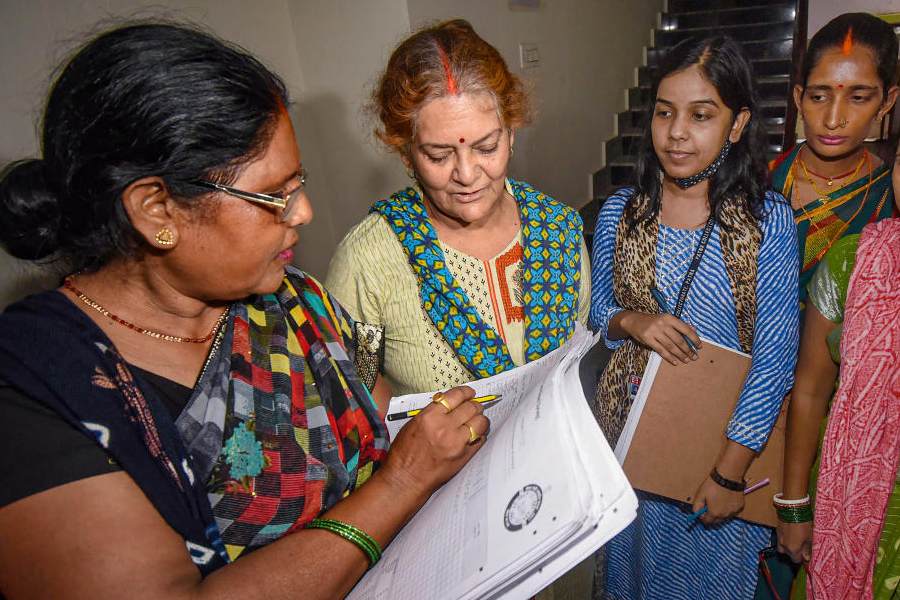Shillong, Dec. 8: The Meghalaya government is encouraging communities to create more fish sanctuaries which can also go a long way in preserving and developing over 200 indigenous fish species.
To create mass awareness about the significance of such sanctuaries, Rombagre a documentary film has been made by the state government. It has been made on Rombagre fish sanctuary in West Garo Hills.
It is run by an NGO, the Rombagre Natural Resource Management (NARM).
The group has been engaged in conserving the indigenous aquatic resources within the Simsang river in Garo hills.
The river being located by the Tura-Williamnagar Road has also become a popular tourist spot as visitors passing through this stretch are fascinated by the fish being conserved and efforts taken by this NGO.
Apart from the Rombagre sanctuary, the state also has the Nongbareh fish sanctuary in Jaintia Hills district where a small check-dam was constructed across one part of the Amlaye River which has been declared as a fish sanctuary by the people of this village.
Chocolate Mahaseer (Neolissocheilus hexagonolepis) followed by Golden Mahaseer (Tor putuitora) are the two predominant indigenous species of the state.
The endangered “Chocolate Mahaseer” species is being conserved and has now populated the entire stretch of the Amlaye River.
“Of late, a significant decline has been observed in most of its natural habitat. Mass killing of brood fish and juveniles by the use of dynamite, bleaching powder, pesticides, local herbs, electric current and other destructive methods has been one of the major reasons for reduction in mahaseer population,” the draft of the Aquaculture Mission stated.
It also stated that the fish migrate upstream for spawning, feeding, and descend back after spawning.
During both the phases of migration fish are killed due to adoption of illegal fishing methods.
“Their breeding ground comprising of stones, gravel, and others have been replaced by large boulders, debris, silt, river pollution, resulting in destruction of spawning grounds of this group of fishes,” the draft added.
Following a fear that such endangered species would disappear, the ambitious Meghalaya State Aquaculture Mission, which would be officially launched from April 2012, will envisage safeguards to save the species.











